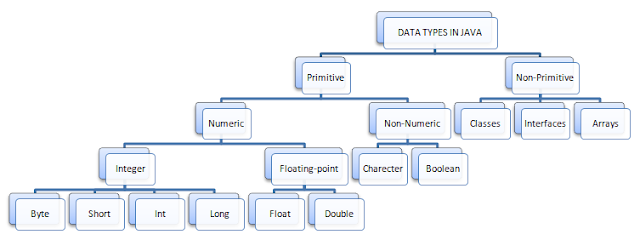- What is Object
Oriented Paradigm?
The
major objective of object-oriented approach is to eliminate some of the flaws
encountered in the procedural approach. OOP treats data as a critical element
in the program development and does not allow it to flow freely around the
system. It ties data more closely to the functions that operate on it and
protects it from unidirectional modification by other functions.
OOP allows us to
decompose a problem into a number of entities called Objects and the build data
and functions around these entities. The combination of data and methods make
up an Object.
The data of an
object can be accessed only by the methods associated with that object. However
methods of one object can access the methods of other objects.
- Features of Object
Oriented Paradigm:
·
Programs are divided into what are known as
Objects.
·
Methods that operate on the data of an object are
tied together in the data structure.
·
Data is hidden and cannot be accessed by the
external functions
·
Object may communicate with each other through
methods.
- Definition of Object
Oriented Paradigm:
Object Oriented
Programming is an approach that provides a way of modularizing programs by
creating partitioned memory area for both data and functions that can be used
as templates for creating copies of such modules on demand.
- Benefits of Object Oriented Paradigm:
OOP offers several benefits to both the program designer & the user. Object-orientation contributes to the solution of many problems associated with the development and quality of software products. The new technology promises greater programmer productivity, better quality of software and less maintenance cost.
- Through inheritance, we can eliminate redundant code and extend the use of existing classes.
- The principle of Data Hiding helps the programmer to build secure programs that can not be invaded by code in other parts of the program.
- Software Complexity can be easily managed.
- It is possible to map objects in the problem domain to those objects in the program.

